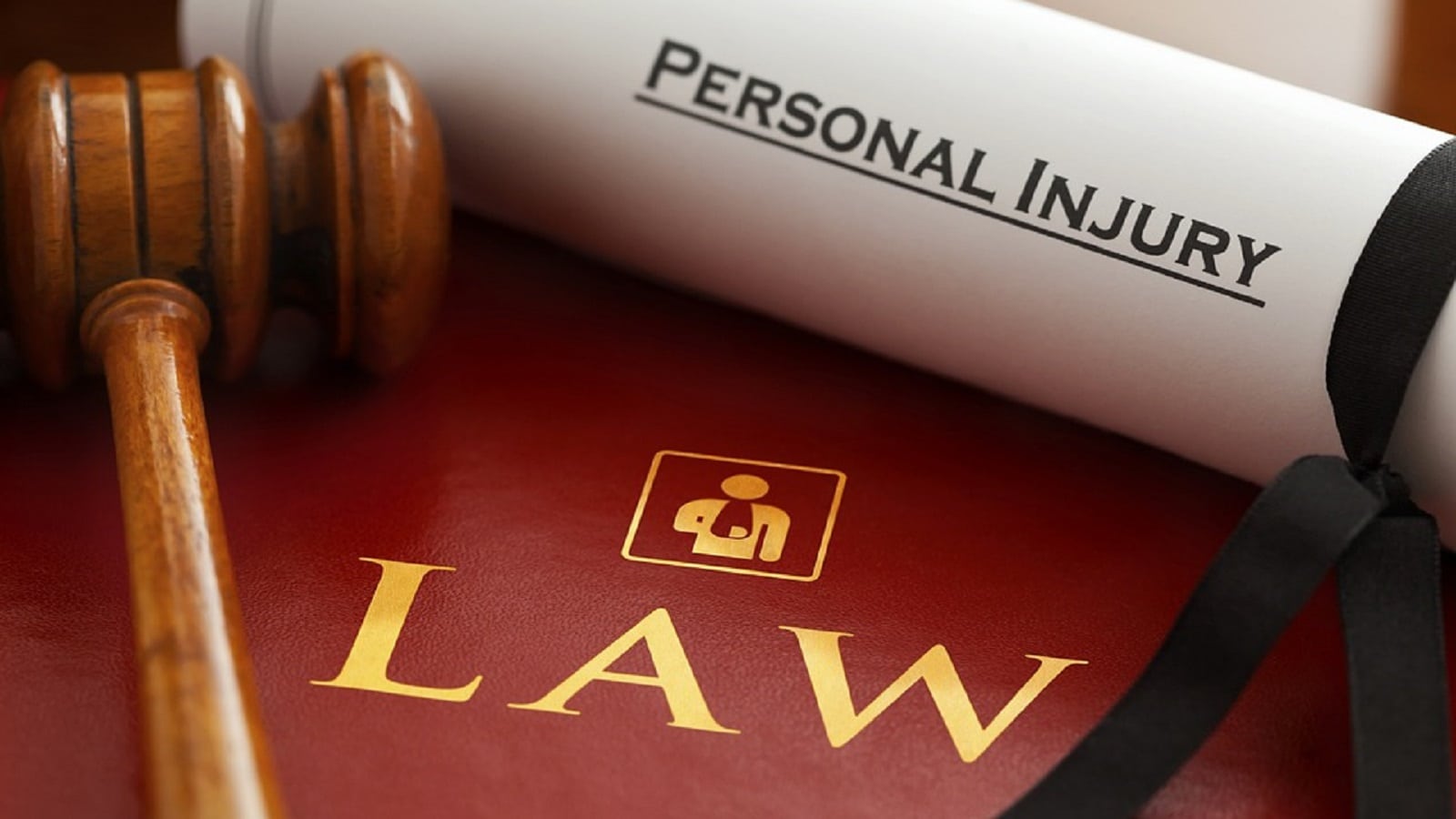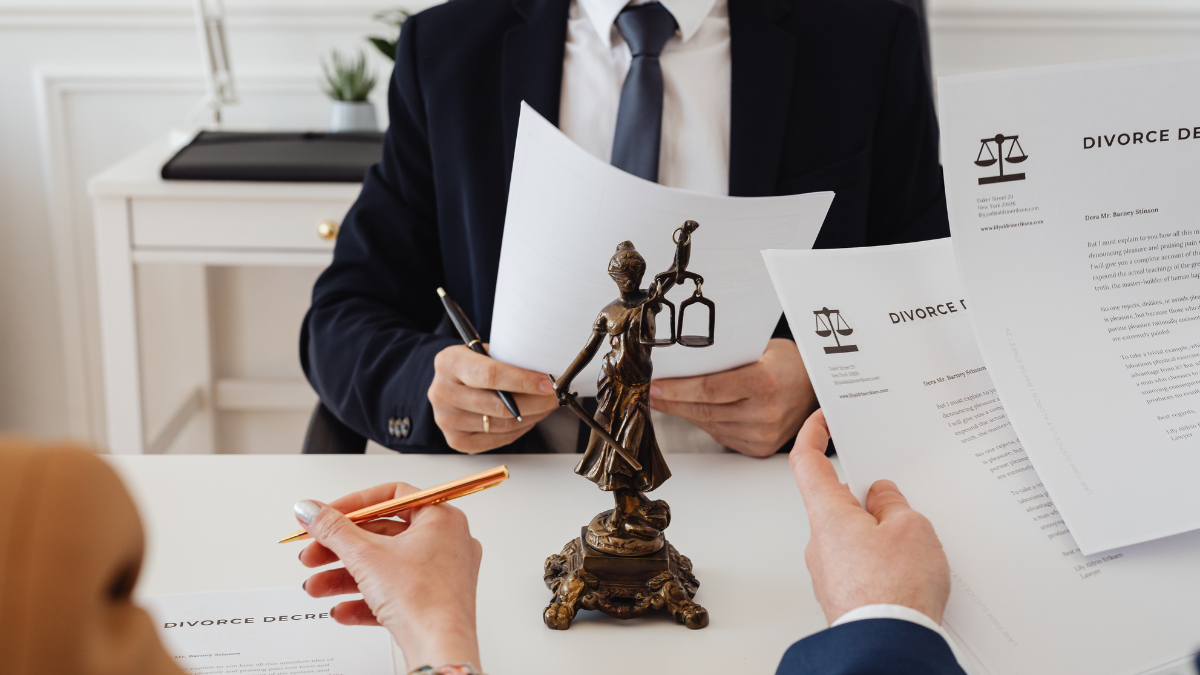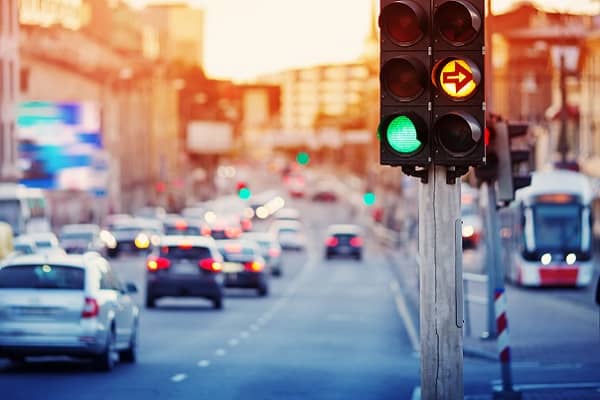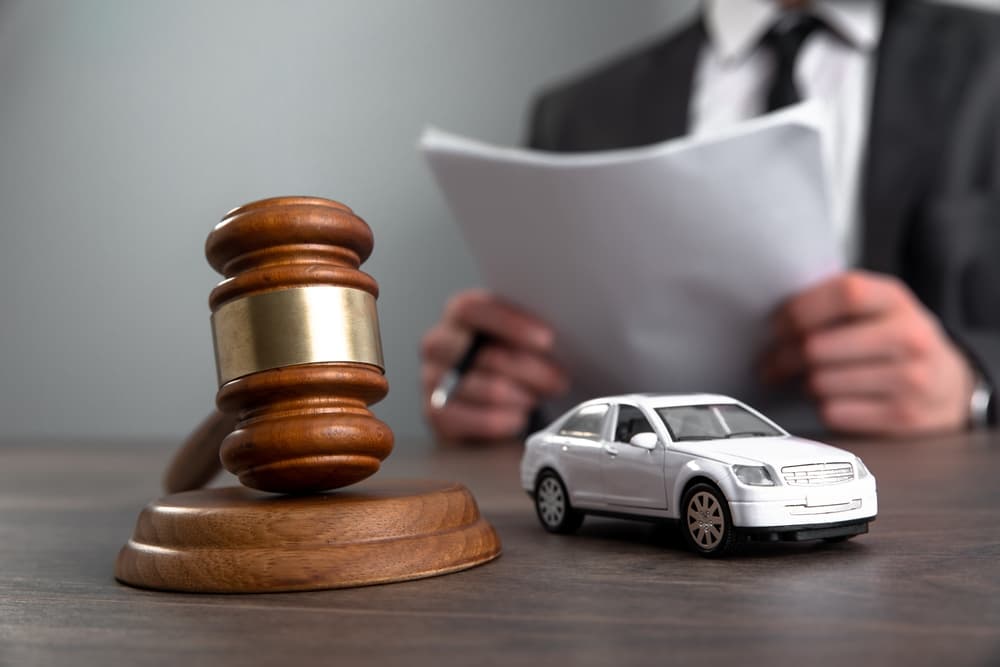New York’s Scaffold Law: Understanding the Protections for Construction Workers

New York’s Scaffold Law is a crucial piece of legislation that provides significant protections for construction workers in the state. This law, also known as Labor Law Section 240(1), aims to ensure the safety and well-being of workers who perform tasks at heights or work with scaffolding. Understanding the Scaffold Law is essential for both construction workers and employers in New York to ensure compliance with safety standards and protect workers’ rights. Let’s delve into the specifics of the law and its implications for construction workers.
Unsafe construction equipment in NYC risks workers’ safety and well-being. When construction equipment is defective, poorly maintained, or improperly used, it can lead to severe accidents and injuries. Workers rely on equipment’s functionality and proper operation to perform their jobs safely. Unsafe equipment can include malfunctioning machinery, faulty scaffolding, defective power tools, and inadequate safety gear.
Table of Contents
Breakdown of New York’s Scaffold Law:
Purpose and Scope:
-
- The Scaffold Law places responsibility on property owners and contractors to provide construction workers with safety equipment and proper protection when working at elevated heights.
- It applies to construction work involving scaffolds, ladders, hoists, and other devices used for elevation-related tasks.
Absolute Liability:
-
- The Scaffold Law imposes absolute liability on property owners and contractors for gravity-related injuries workers suffer.
- This means that if a worker is injured in a fall from a height or due to falling objects, the property owner or contractor is strictly liable, regardless of whether they were directly involved or negligent.
- The law assumes that the owner or contractor has a non-delegable duty to ensure worker safety.
Worker Protections:

-
- The Scaffold Law places the burden of providing proper safety equipment and ensuring its proper use on property owners and contractors.
- It requires the provision of secure scaffolding, ladders, safety harnesses, and other necessary safety measures to prevent falls and accidents.
- Workers can expect their employers to comply with these safety requirements.
Compensation for Injured Workers:
-
- The Scaffold Law enables injured workers to seek compensation for their injuries, medical expenses, lost wages, pain and suffering, and other damages caused by gravity-related accidents.
- Workers can file a personal injury lawsuit against the property owner or contractor to hold them accountable for their negligence or failure to provide a safe working environment.
Understanding Your Protection:
For construction workers in New York, the Scaffold Law serves as a vital protection mechanism. It holds property owners and contractors accountable for providing a safe working environment and ensures workers injured in gravity-related accidents can seek compensation. By adhering to the safety requirements outlined in the Scaffold Law, employers can prioritize the well-being of their workers and minimize the risk of accidents.
Final Thoughts
New York’s Scaffold Law is a critical safeguard for construction workers, emphasizing the importance of their safety and well-being. It places responsibility on property owners and contractors to provide proper safety equipment and protection against gravity-related accidents. By understanding this law, construction workers can assert their rights and hold accountable those who fail to meet their obligations. Employers must prioritize compliance with the Scaffold Law to create a safer work environment, fostering a culture of worker protection and reducing the risk of serious injuries on construction sites in New York.

 Perth Lawyers: Your Guide to Legal Services in Western Australia
Perth Lawyers: Your Guide to Legal Services in Western Australia  Quick Divorce Services in Hanoi: Your Comprehensive Guide
Quick Divorce Services in Hanoi: Your Comprehensive Guide  Contesting a Will: Your Comprehensive Guide
Contesting a Will: Your Comprehensive Guide  Unveiling The Life Legacy: Singapore’s Premier Legacy Planning Service
Unveiling The Life Legacy: Singapore’s Premier Legacy Planning Service  Unveiling the Operations Exploring the Inner Workings of Legal Companies in Poland
Unveiling the Operations Exploring the Inner Workings of Legal Companies in Poland  How to Register a Company in Portugal: From Organizational Processes to Visiting the Tax Office
How to Register a Company in Portugal: From Organizational Processes to Visiting the Tax Office  The Evolution of Traffic Laws: How Road Regulations Have Changed Over Time
The Evolution of Traffic Laws: How Road Regulations Have Changed Over Time  Are LLCs More Cost-Effective Than Corporations? Exploring the Costs of Formation
Are LLCs More Cost-Effective Than Corporations? Exploring the Costs of Formation  Ready to Ship Engagement Rings in Singapore: A Perfect Choice for Your Special Moment
Ready to Ship Engagement Rings in Singapore: A Perfect Choice for Your Special Moment  Vehicle Accident Lawyers: Expert Legal Support for Your Claims
Vehicle Accident Lawyers: Expert Legal Support for Your Claims